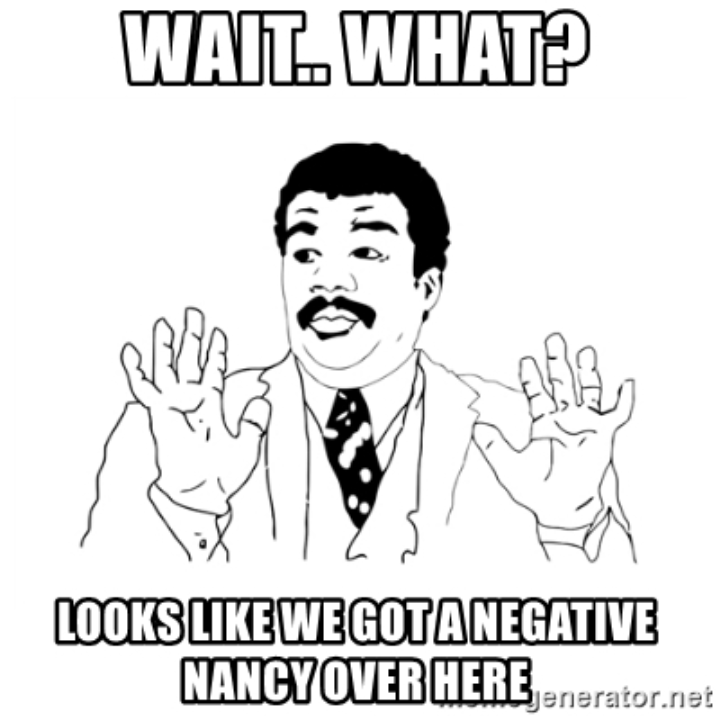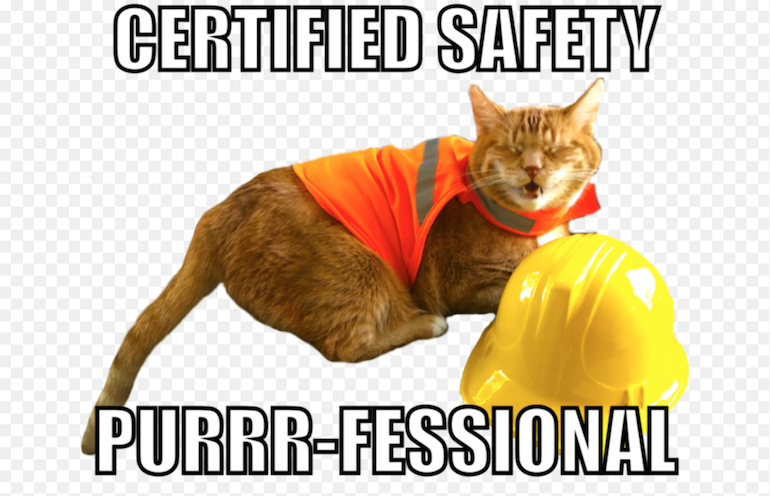Running a competitor campaign can be controversial in the world of paid search. It could potentially lower your quality score because you are bidding on search terms that are not in your ad copy and is most likely not on your landing page. For some industries, consumers have strong loyalty towards brands and if they are searching for a brand by name the chances of converting on your ad could be lower. Below is a story of one of my clients and how we developed our competitor strategy, and here’s a hint, it involves a lot of negatives!

It’s okay, we are just eliminating traffic, not writing sad ad copy
To Bid Or Not to Bid?
This all began with a simple Search Query Report and if you want to learn more on how to run one read “How to Excel Your Search Query Reports” by Jacob Fairclough. I was working on a new partnership with an education vertical client. During the onboarding process, I performed a full audit which included digging through my own Search Query Report. I noticed we were triggering a lot of ads with competitive search terms even though the competitor campaign had been paused for a long time. Our broad match and phrase keywords were picking up on a lot of competitor traffic and the cost of these queries was starting to add up to some serious coinage. If you want to learn more about different match types read my previous post, “How to Utilize Different Match Types in Paid Search.”

After combing through the report, I created a large list of keywords to add to the account as negatives to help maintain a healthy cost per lead (their key metric) and included notes on why each search query was recommended. During the client meeting, we worked through my suggestions on what keywords we can add as negative keywords to eliminate this traffic but the client was hesitant about my suggestion about adding their competitors to this mix. This particular client was focused on growth and was worried about losing traffic by preventing competitor traffic. Since growth was a top priority, we decided to actively test the competitor pool again but with parameters to keep the cost per lead near the client’s goal while also maintaining a high impression share during a time a user would be in the research part of the decision making process. Their lead funnel is long, roughly 2-3 years since the decision to go back to school is a huge and there is a lot of research involved before settling on one program.
Safety Guard
While working on updating the original competitor campaign, we had to find money within our existing budget before we launched. Thankfully with my Search Query Report, I had an idea of how much money we had previously spent on competitor keywords when we weren’t actively looking for those impressions or allocating that spend. I was able to work with the client and have our competitor keywords added as negatives in all of our other campaigns and only spend money on competitors in the competitor campaign. This account is already limited by budget most months with no wriggle room for extra budget. It was crucial for us to make sure that we were not creating an internal bidding war amongst our other campaigns.

Once we agreed on working on keeping the rest of the account efficient (by adding in so many negative keywords) and run a true test on competitors, it allowed us to create separate goals for the competitor campaign. The rest of the account was going to focus on striving for more leads month over month, while our competitor campaign was focused on our brand awareness and building our remarketing lists.
Conclusion
Like any other test, you can create a safe space for a competitor search campaign. Don’t make an assumption that competitor search terms are bottom of the funnel keywords for your competitors. With my client, there are 2-3 years of research for most of their students before they decided to enroll in the school. Look at your search query reports and see if you are already picking up competitor traffic with different match type keywords and how much you are already spending on competitor traffic. Pull an auction insights report and compare which competitors are showing up with our ads to see who is also bidding our your terms. With a separate budget and negative keywords sprinkled throughout your other campaigns, you can test to see if an ongoing competitor campaign is a right fit for you.



